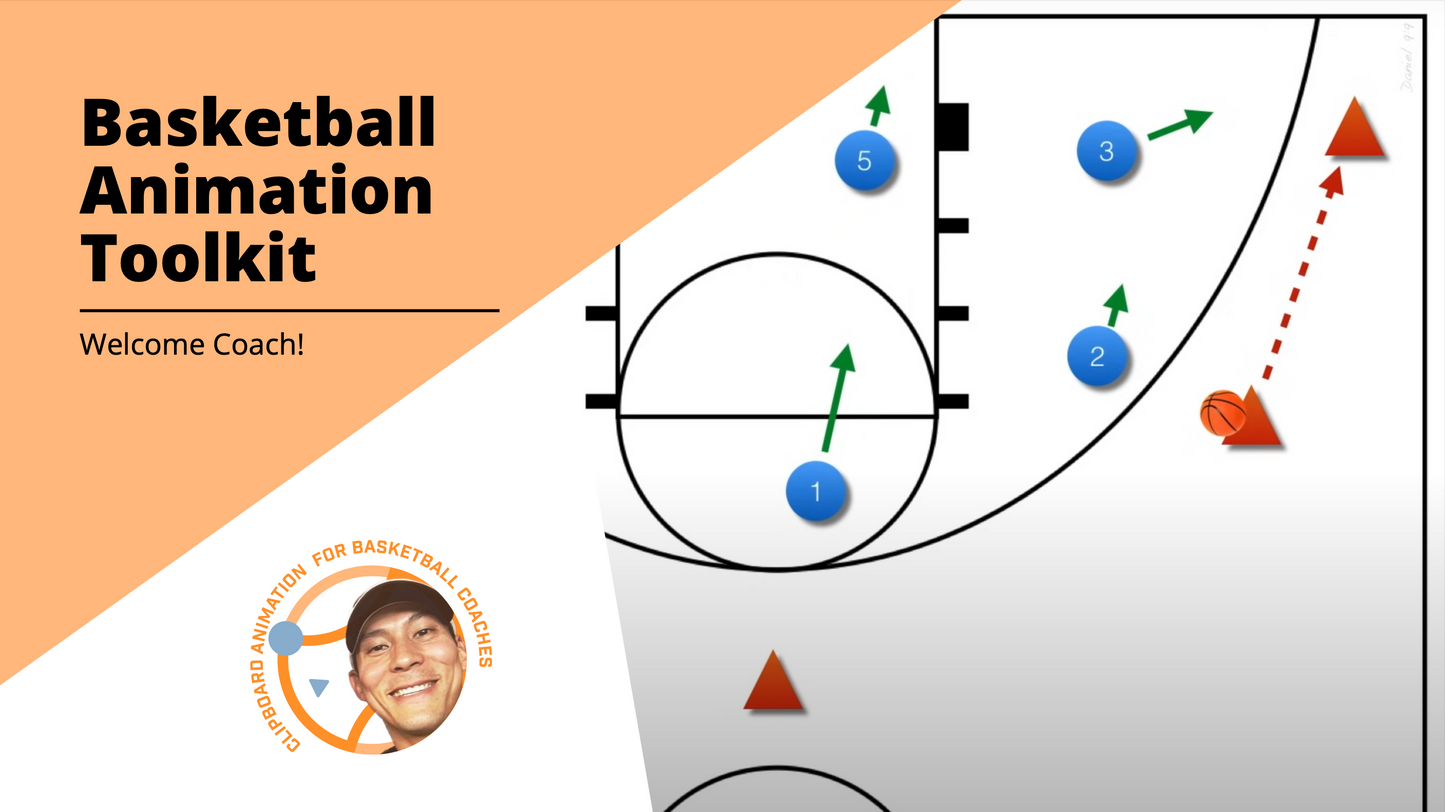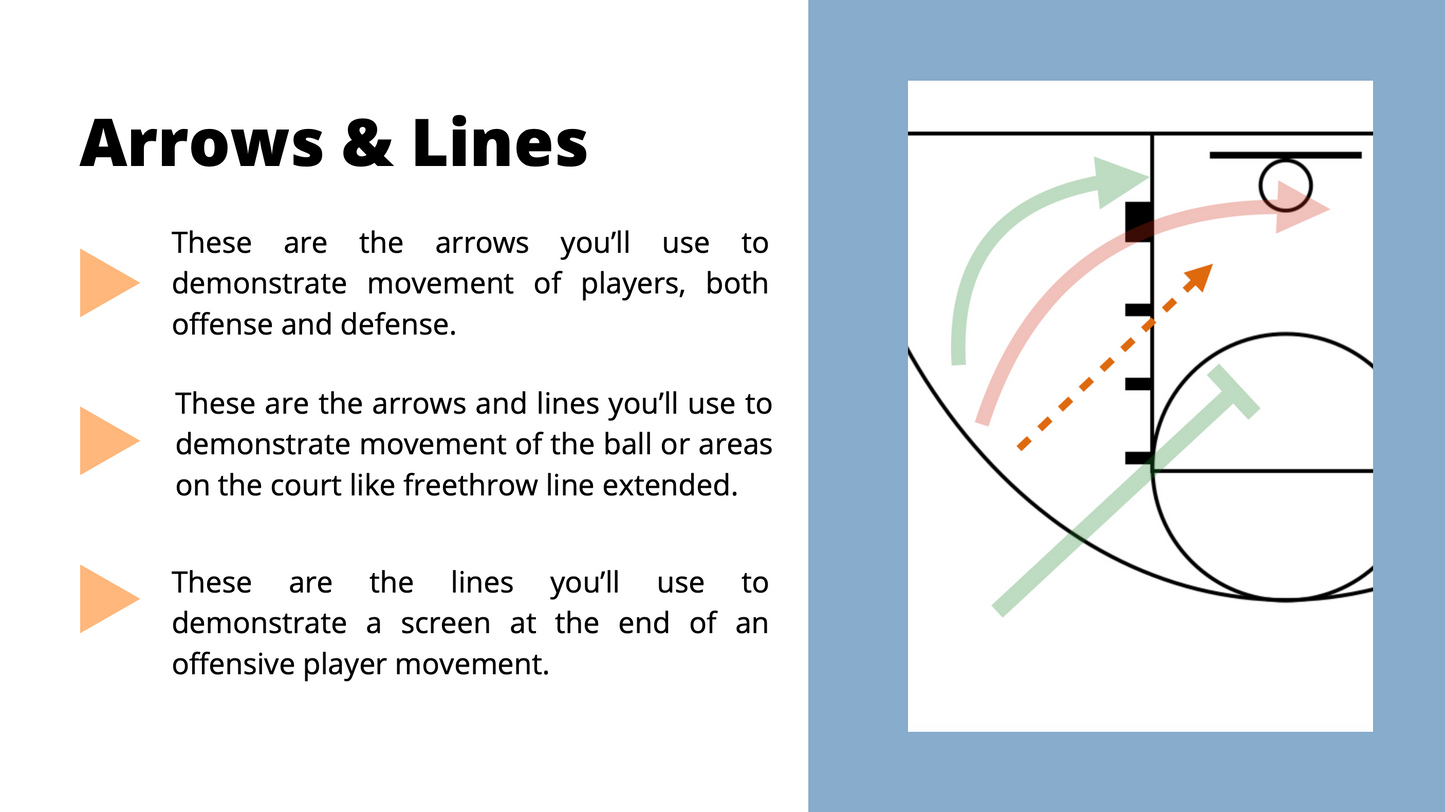
Mastering the 3-2 Zone Defense: Principles, Coverage, and Trapping Tips
Share
The 3-2 zone defense is a versatile and effective strategy for disrupting offensive plays, forcing turnovers, and limiting scoring opportunities. In this post, we’ll break down the fundamental principles, coverage responsibilities, and advanced strategies like trapping to help you implement this defense successfully.
The Four Core Principles of Zone Defense
Every great zone defense relies on these four principles:
1. Force the offense to one side – Limit the offensive team to using half the court.
2. Prevent penetration into the key – Protect the paint at all costs.
3. Force low-percentage shots – Make opponents take tough, contested shots.
4. Rebound aggressively – Limit the offense to one shot per possession.
These principles shift your team’s focus from risky plays like blocking shots and going for steals to disciplined, high-effort basketball. With practice, even your players with average athletic ability can help execute this defense effectively.
Basic 3-2 Zone Coverage Areas
In a 3-2 zone, three defenders (1, 2 & 3) guard the perimeter around the three-point line.


Two defenders (4 &5) protect the paint.

The top guard is responsible for the area free throw line extended.

The two wing defenders cover their respective areas around the perimeter.

The bottom two defenders secure the area around the basket.

Good communication is critical, especially in overlapping coverage zones. Teaching players to keep both the ball and their defensive assignment in sight ensures cohesive coverage. Encourage defenders to use hand signals, point to their assignments, and maintain active hands to contest shots and disrupt passing lanes.

Executing the Defense: Forcing to the Sideline
One of the 3-2 zone’s core strategies is forcing the ball handler toward the sideline, effectively cutting the court in half.

Once the ball is near the sideline, defenders shift to cover passing lanes, guiding dribble penetration toward the middle, where help defenders are ready.



Key teaching points:
1. Always see both the ball and the player you’re guarding.
2. Deny baseline drives while allowing long, crosscourt passes, which are low-percentage plays.

Defending the Baseline Corner
When the ball moves to the baseline corner, the bottom defender closes out to deny a baseline drive. The nearby wing guard rotates down to assist, while other defenders maintain the 3-2 structure.


Communication and rotations are crucial in this scenario to prevent breakdowns.
Trapping in the 3-2 Zone Defense
To add an aggressive edge to your defense, consider implementing traps. Focus on four trapping zones: the sideline near half-court and both baseline corners.

Trapping works best against poor ball handlers or passers, so teach players to read situations and close distances effectively.

A successful trap involves:
- Tight pressure from the on-ball defender.
- Anticipation and timing from the trapping defender.
- Denial of passing lanes by nearby teammates.
While traps can disrupt offense and force turnovers, they require discipline. Avoid overusing traps, as skilled opponents may exploit openings.
Adapting to Offensive Counters
Teams facing a 3-2 zone often attack with high-post screens, baseline cuts, and quick ball reversals. Teach your players to recognize these plays, stay disciplined, and anticipate movements. Effective zone defense requires constant adjustment to neutralize offensive strategies.
Key Takeaways for Coaches
The 3-2 zone defense is more than a formation; it’s a philosophy of teamwork, communication, and discipline. By mastering the coverage areas, rotations, and trapping strategies, your team can lock down opponents and control the game. Remember, success with this defense isn’t about athletic talent—it’s about hustle, focus, and preparation.
Traditional 2-dimensional images and written explanations can’t fully convey the dynamic adjustments and real-time reads required to succeed with this strategy. Basketball defense is about staying one step ahead, which is why I’ve created an animated video to help you understand exactly how the 3-2 zone defense works in real-game scenarios.
Ready to elevate your defensive game? Watch my YouTube video:
"How to Run a 3-2 Zone Defense”
In this video, I break down every rotation, coverage, and counter to ensure your team can execute the 3-2 Zone Defense with confidence. Want to go further? My Animation Tool Kit and DIY course empower you to create custom basketball play animations, bringing your defensive strategies to life. Start mastering the 3-2 Zone Defense today and give your team the edge to lock down any opponent!




